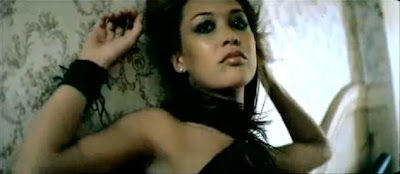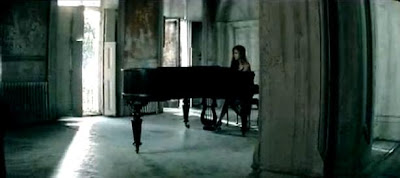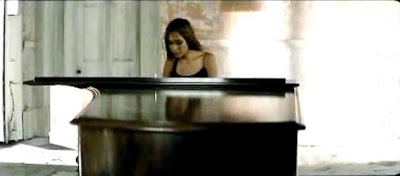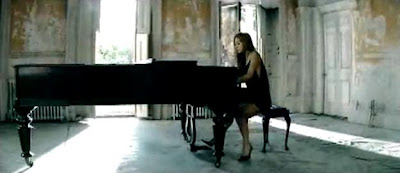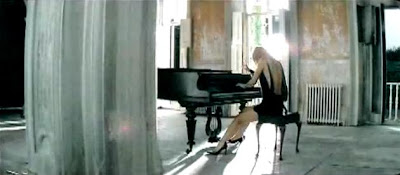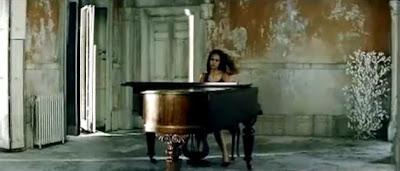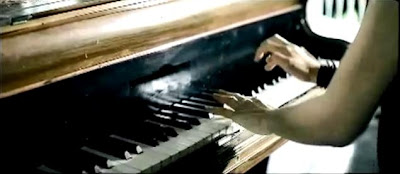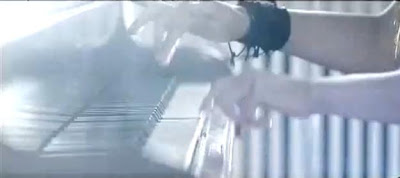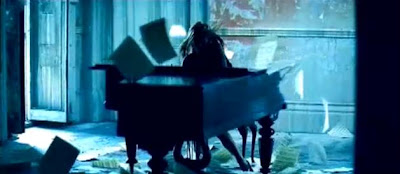In my mind, Fincher reached his creative and technical peak between 1989-1990, when he was directing music videos for Paula Abdul, George Michael, Billy Idol and, most impressively, Madonna. Is any image filmed in 1990 more iconic than this frame, from Fincher’s video for Madonna’s “Vogue”?
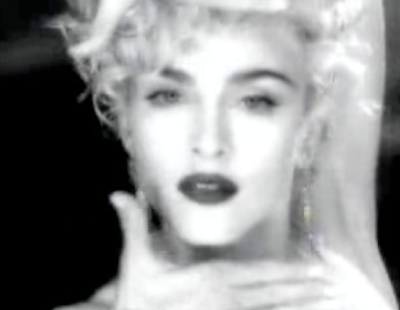
Fincher’s best video works actually function in part as tribute to the very concept of the close-up glamour shot, and he reached his absolute peak using the more-than-willing Madonna. Three of his Madonna videos ('Vogue', 'Express Yourself' and 'Oh Father', all of which made the Top 15 of Slant Magazine’s Top 100 Greatest Music Videos list) are so good that even now, 18 years on, watching them occasionally makes me go.. wow! In terms of his Madonna videos, Fincher’s close-ups are the most intimate images of the star that we have ever known.
As a music video director, Fincher had a number of signature close-ups:
- Short, seemingly inexplicable cuts to close-ups of things like teapots, leaky faucets, corporate logos, or in the case of the “Straight Up” video, to Arsenio Hall laughing. The images have no meaning on their own, but are imbued with mysterious significance by the cuts they’re sandwiched into. My favorite instance of this is in “Freedom“, when Christy Turlington apparently sets fire to George Michael’s Faith-era leather jacket–with her eyes.
- The incorporation of bloopers or outtakes. These are always close shots, so it’s possibly that they’re scripted spontaneity. See Madonna laughing while tugging on a blond curl in 'Vogue'.
- Angled close-ups of the star’s face, either lip syncing or pointedly not.
These are the key building blocks of Fincher’s music video masterpieces, and his rare missteps during this time period notably lack them. These shots are often lit and framed from above, that at times exactly replicate standard Hollywood publicity shots or film stills of the studio era.

